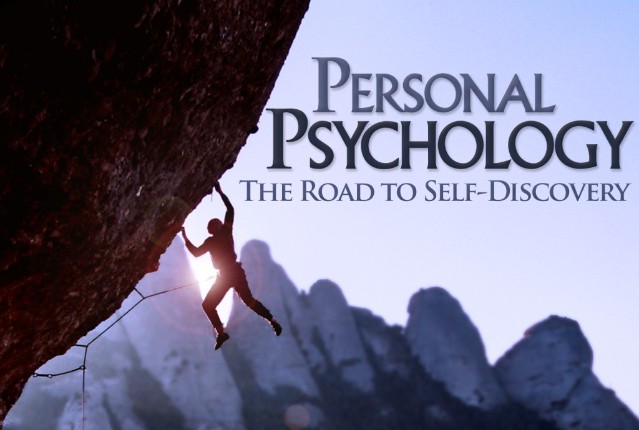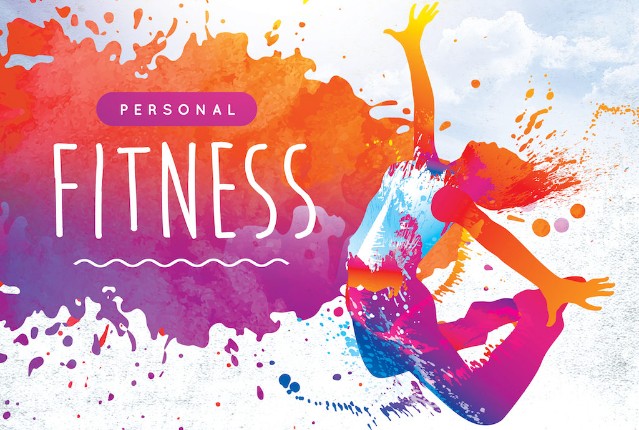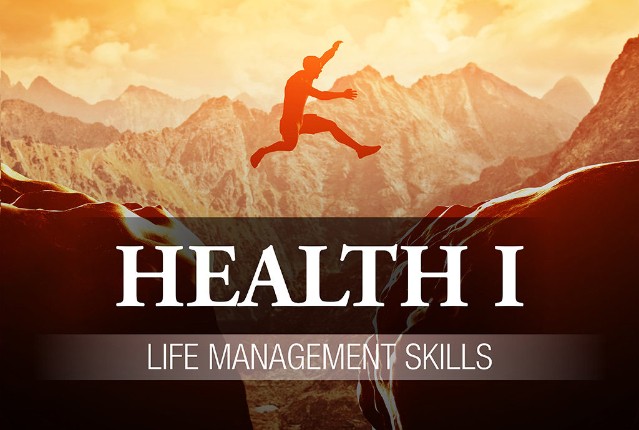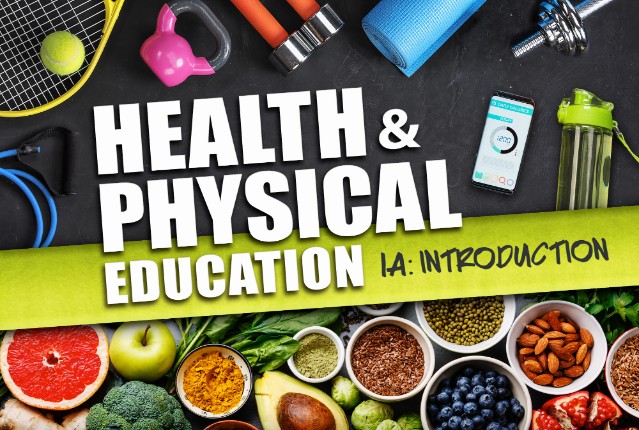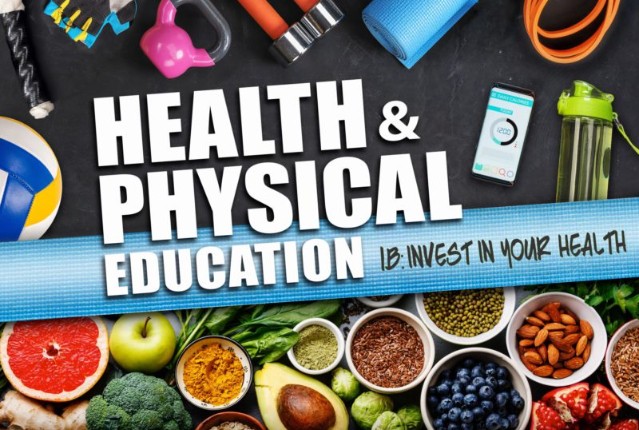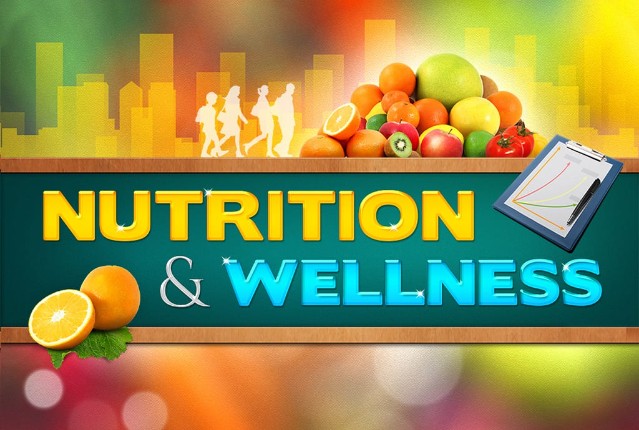
Nutrition & Wellness
To keep our body and our mind running like finely tuned machines, we need to use the right fuel. For humans, that means nourishing our bodies with the right foods. In this course, you’ll explore how food affects essential aspects of your life from your weight to how you age to how well you think. You’ll also examine how outside influences- family, peers, and the media- can affect your diet and your perception of food and how to set yourself up for nutritional success. Are you interested in a career in holistic wellness? Start your health journey now with Nutrition and Wellness.
Review course outlineAccess for a year
USD 299.00*
* Choose more courses to get a discount
